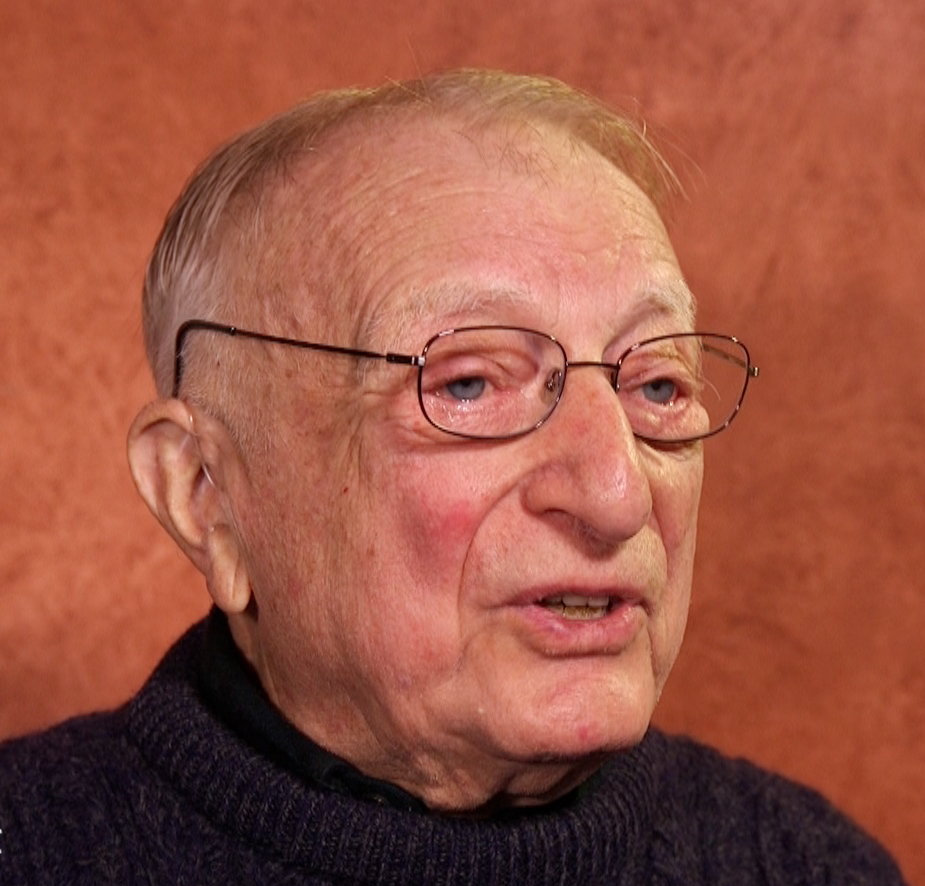Milton Levenson (1923-2018) was an American chemical and nuclear engineer.
Levenson was born in St. Paul, Minnesota in 1923 to Harry and Fanny Levenson. His parents were Russian immigrants who struggled to make ends meet throughout the Great Depression. Overcoming financial obstacles, Levenson graduated high school and attended the University of Minnesota during the first years of World War II. He received his Bachelor of Science in Chemical Engineering in 1943.
After he graduated, Levenson answered what he described as a blind employment call. He was recruited to join the efforts of the Manhattan Project at the Houdaille-Hershey Plant site in Decatur, Illinois. After a short while, however, his student deferment ran out, and he was drafted as a combat engineer in the U.S. Army. When his training was completed, Levenson was reassigned to the Manhattan Project and sent to Oak Ridge, Tennessee. There he was part of a development group under Miles Leverett. He supervised the design and construction of a small chemical isolation plant at the X-10 laboratory.
In 1946 when his army service was finished, Levenson remained at Oak Ridge National Laboratory for two more years as a civilian engineer.
After the Manhattan Project
In 1948, Levenson accepted a job as a development engineer at Argonne National Laboratory outside Chicago, Illinois where he stayed for 25 years. He focused on the nuclear reprocessing and waste disposal. In his early days at Argonne, he met his wife Mary Beth Novick, who was also a researcher there. Levenson worked at Argonne until 1973 and served as Associate Laboratory Director during his last year there.
He moved to Palo Alto, California to serve as the Director of the Nuclear Power Division at the new Electric Power Research Institute. In 1981, he transitioned to consulting and served as the executive consultant at Bechtel Power Corporation in San Francisco until 1988.
Levenson was a fellow and past president of the American Nuclear Society (1983-1984). He held three U.S. patents concerning innovative nuclear fuel processing methods. He had five children and still worked as a consultant until his death on March 31, 2018, at the age of 95.





